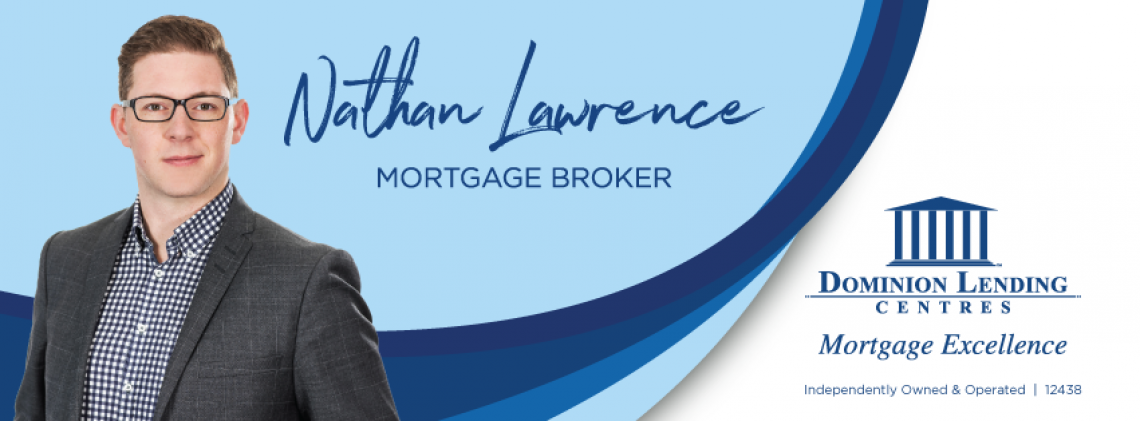By: Brianna Shortreed
We just recently went through our first home purchase and having a knowledgeable Mortgage Broker and Real Estate agent on our side was incredibly helpful! We definitely had some sticker shock here and there throughout the process but because we were prepared we were able to easily overcome each hurdle without any difficulty. This post will be about each step of the home buying process, it is a fun and incredible experience but we want to make sure you are not caught off guard by unexpected expenses and closing costs. The last thing you want is to feel like a deer caught in headlights and have your home purchase come to a crashing halt.
WORKING WITH PROFESSIONALS
One of the most important things you can do as a first time buyer is surround yourself with professionals that you can trust. They’ve gone through the steps many times and will know what to do in any situation that arises. They can also provide you with excellent advice; however, they won`t simply make the decisions for you (that’s still your job!). Start the process by visiting your local mortgage brokerage to get pre-approved for a mortgage. When visiting your lending institution you will learn about one lender’s mortgage products, this is why I highly advise visiting a mortgage broker as you will receive your best option from 100s of lending institutions that include banks, credit unions, and trust companies. Once you are pre-approved you will want to find a realtor that you enjoy working with, start by looking online or getting recommendations from friends and family. Working with a realtor to purchase a home also will have no cost to you, as the realtor’s commission is covered by the person that is selling their home.
BUDGET TOWARDS WHAT YOU CAN AFFORD
The amount you are pre-approved for is not necessarily the amount you will want to spend on a home, it is very important that you create a budget and stick to it. Start by completing our Home Budgeting Spreadsheet, this will look at your real-life situation including debt payments, insurance, saving goals and spending money. As homeowners, it is important to know what money is coming in and going out monthly. Next step is to save up for a down payment. You will require a minimum down payment of 5% of the purchase price. Also consider all of the other costs related to purchasing a home, which can include a home inspection, legal fees, title insurance, utility and property tax adjustments (if the seller had pre-paid any of these), and other administrative fees. If you take the guess work out of understanding your income and expenses, you will be much better prepared to purchase a home and manage your budget. Use the link at the end of this article to download the Home Budgeting Spreadsheet.
START LOOKING AT HOUSES
Once you have figured out what you can afford you can begin the fun process of looking for houses. It’s not always easy to find the perfect home but with the guidance of your realtor you will find something that suits your needs and wants. It was actually our realtor that suggested the house we ended up buying, she knew us so well! Once you find a home you will sit down with a realtor to fill out the offer paper work. This is one of the most beneficial reason of working with a realtor, when writing an Agreement of Purchase and Sale you have to have an understanding of the documentation. It is really important that you include a few conditions in the Agreement as well, these include a condition subject to financing, home inspection, and house insurance. Look at these conditions as a way to protect yourself if something unexpected comes up during the home inspection or the bank declines your mortgage request. The realtor will deliver the offer and make sure the proper signatures are obtained.
DON’T LET EMOTIONS DETERMINE YOUR DECISIONS
Sometimes your offer to purchase a home does not always work out, this is why it is so important not to get overly attached to a home before everything is said and done. Sometimes there may be a bidding war or the sellers will want to negotiate your offer price. You want to make sure you know the price you are willing to go to otherwise you may find yourself getting caught up in paying over your budget. The other thing that might make your home purchase fall apart is the home inspection, this happened to our first accepted offer. We put in an offer in our dream location and it was accepted, we knew the house needed a little bit of TLC but we weren’t prepared for what the home inspector told us. There was a rotting section of the roof that had to be redone, the electrical was not done properly and there were live wires, and the plumbing was done incorrectly. Most of the DIYs that had happened could be covering up other problems that we couldn’t or wouldn’t be able to see. Finally the water issues were enough to make you cringe. Needless to say we learnt a lot about what to look out for in a home and we weren’t quite willing to spend an additional $50,000 to bring the home up to code so we walked away, thank goodness our conditions allowed us to do that! It was disappointing but we were able to move on and we are happy that we did.
CLOSING COSTS
After you have found your perfect home and have fulfilled all of your conditions, the reality of “this is really happening” will begin to sink in. Up to this point you’ve only spent $300-$500 on the home inspection and given the realtor a small deposit on your down payment to hold in trust. You will first sit down with your mortgage broker and sign all of the mortgage documents, you will also get a break down of all your mortgage payments and see what will be going towards principle and what will be going towards interest. The nice thing about your mortgage is that the first payment won’t come out on closing, depending on your payment schedule it will either come out 2 weeks or 1 month later! When it comes to closing costs you can never really predict exactly what the total is going to be, so you might be in for some sticker shock but you should have a general idea of the approximate costs of everything. The lawyer will let you know the amount of money you must bring to the signing meeting (usually a couple of days before your closing date). The total will include the following:
- Lawyer Fees ($1,000 to $2,500)
- Title Search & Title Insurance ($250-400)
- Administrative Fees & Certificates ($300)
- Land Transfer Tax (Varies, Ontario has a $2000 Rebate for first time home buyers)
- Anything Outstanding (if the seller had prepaid property taxes, gas, and other utilities)
The majority of these fees are also subject to HST, so make sure that you have factored that in as well. For Land Transfer Tax you might not owe anything but if your Land Transfer Tax is more than $2000 you will owe the difference.
I hope that after reading through this information you will feel more prepared and will not be caught off guard with your first home purchase. It should be an enjoyable and exciting experience and you’ve worked very hard in order to be able to afford it! The reason that you work with professionals is that you can ask them any questions that you might have. We wish you the best of luck with your first home purchase!
HOME BUDGET SPREADSHEET


